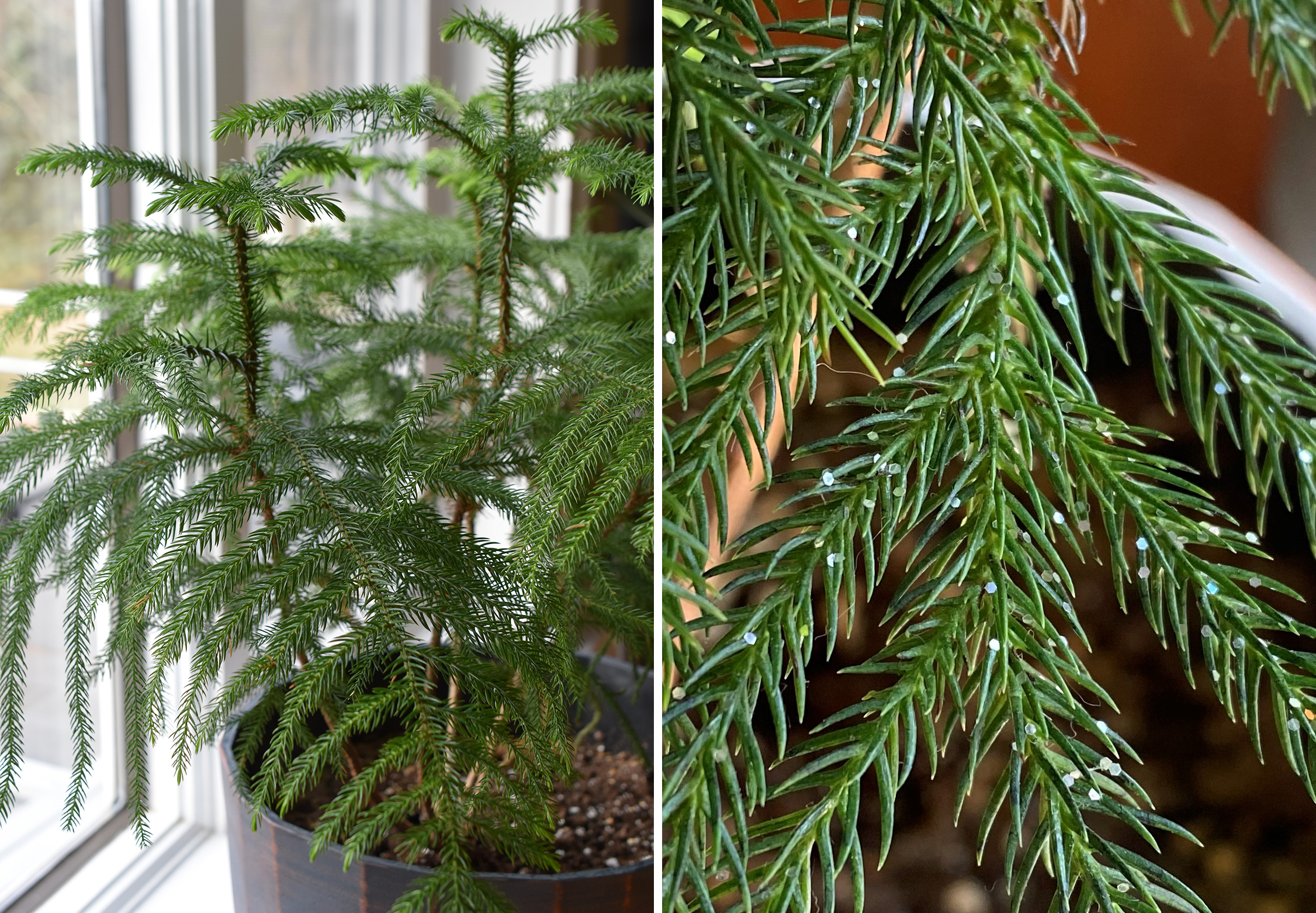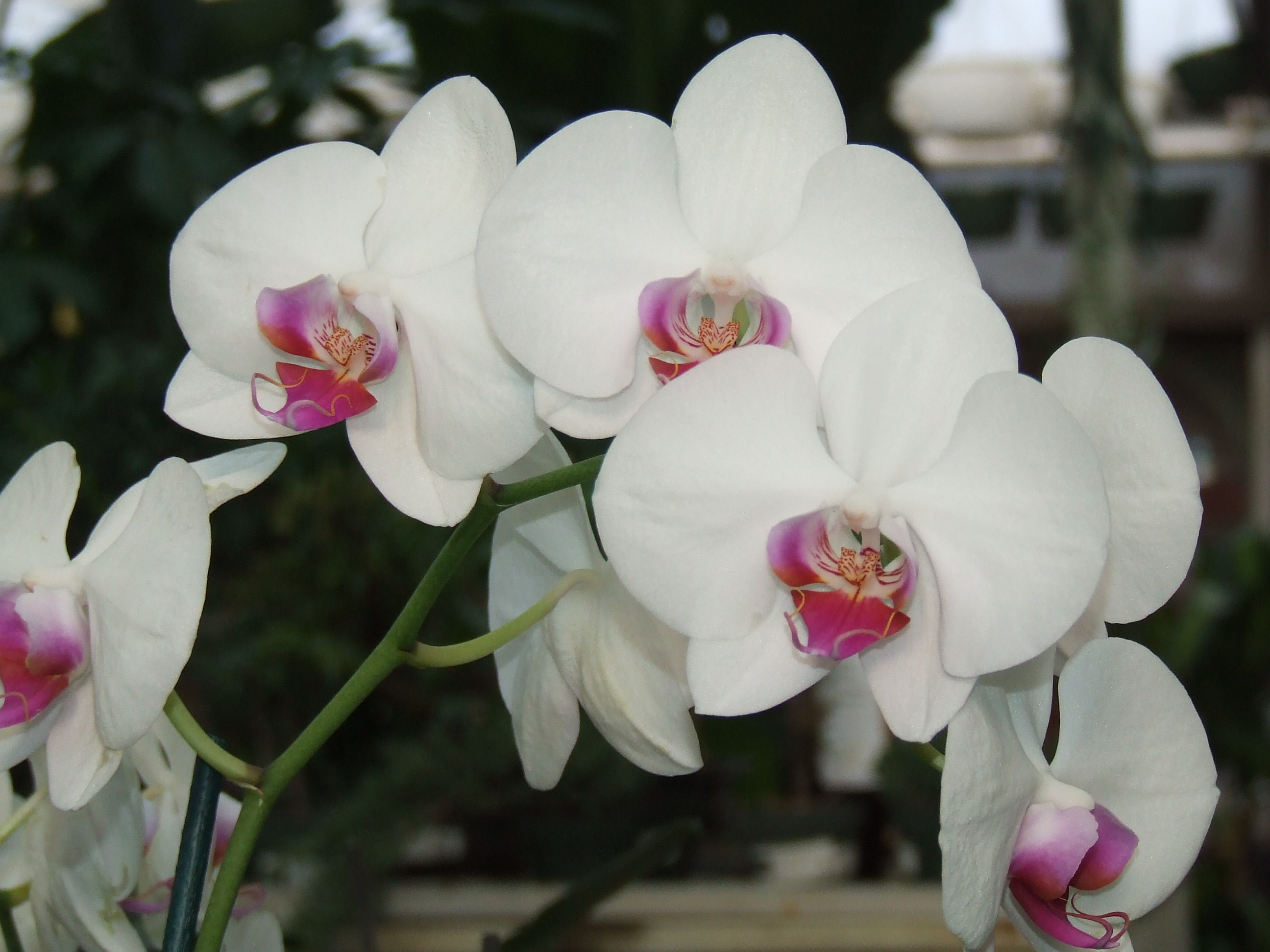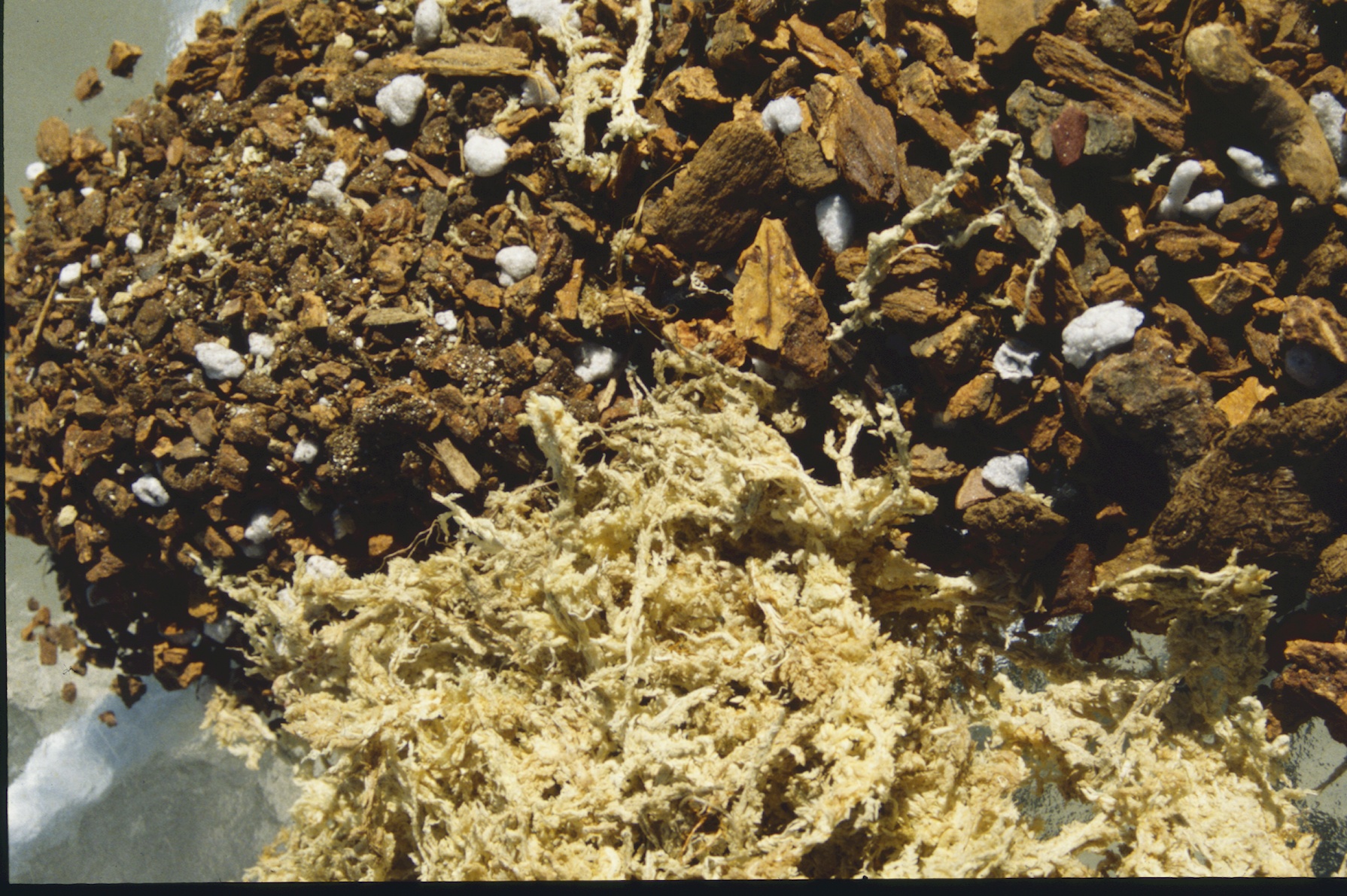Holiday plants for yearlong cheer
Festive indoor plants available during the holidays can bring joy indoors for years to come.

There are many beautiful plants sold during the holiday season that enliven our indoor spaces when the days are short and cold. If you would like to extend the joy of holiday indoor plants through winter, these seasonal selections are some of your best bets for many years of indoor plant pleasure.
Holiday cacti (Schlumbergera spp.)
You may know these cacti by their common names Thanksgiving, Christmas and Easter cacti. Each is sold in bloom near their respectively named holiday in North America. There are three separate species from the Schlumbergera genus that carry these common names, but you are likely to be purchasing a hybrid of closely related plants. These thornless cacti are native to South American and have segmented stems that differ in shape between the different species.
All three holiday cacti thrive in well-draining medium and need water only when the upper layer of potting medium dries. Grow these plants in bright light, avoiding excessive direct sunlight. This would be the type of light supplied by an unshaded east or west-facing window. These plants are easy to propagate from cuttings and available in shades of red, pink, orange and white.
Norfolk Island pine (Araucaria heterophylla)
Norfolk Island pines are tropical conifer trees that can grow up to 200 feet tall on their namesake Norfolk Island in the South Pacific. We grow them as indoor foliage plants in cooler climates. You will frequently see these decorated as small Christmas trees, often with several trees in one pot.
They will do best indoors in direct sunlight, such as an unshaded, south-facing window. Water when the upper layer of well-draining potting medium is dry. With sufficient light, patience and repotting when needed, your tiny Christmas tree can grow 5-8 feet tall indoors.

Phalaenopsis or moth orchids (Phalaenopsis spp.)
Phalaenopsis species or moth orchids are sold widely and easy to care for. They can have long-lasting blooms in many colors and shapes. In their native tropical range, Phalaenopsis orchids grow on trees or other physical supports gathering moisture from the air and nutrients from leaf litter and other debris. Grow Phalaenopsis orchids indoors in a potting medium that combines well-drained bark and moisture-retaining material such as sphagnum. They prefer bright conditions found in an unshaded east-facing window but need to be protected from direct midday or afternoon sun.

Water once a week with potential adjustments for room conditions and season. Routine watering should be done long enough for the roots to absorb the moisture and turn bright green, but roots should not constantly sit in water. According to Michigan State University Extension educator Rebecca Finneran, “Most orchids will benefit from being repotted once a year, especially Phalaenopsis.”

You can find articles on indoor plant care in the indoor plant section of the Gardening in Michigan website. If you need assistance with your indoor or outdoor plants, contact us through the Michigan State University Extension Ask an Expert resource or call the MSU Extension toll-free Lawn and Garden Hotline at 1-888-678-3464.



 Print
Print Email
Email